Better value and security for assets with satellites
Having precise information about the location of your cargo provides many benefits to supply chain operations and customer relationships. Delivery times can be more accurate and production schedules can be more effective, both of which galvanise long-term customer satisfaction.
A smart satellite enabled tracking device can be programmed to check in with an asset at pre-set intervals and if the asset is not located, you will know instantly. When you have expensive equipment out in the field, it’s crucial to know if it has been stolen or used in an unauthorised manner.
But if you are only using satellite communications for GPS tracking then you are missing out on further benefits that can increase the return on investment. For example, assets can be optimised if you know that a rail tank car has been emptied and is available for use, or that a shipping container can be redeployed at a particular time to accept a new shipment in another location.
Additionally, a smart, always-connected satellite solution enables operators to reliably plan for and predict maintenance requirements for their fleets, thereby maximising utility.
When an asset is being actively used and intelligently managed, it is generating revenues, increasing profitability, and unproductive downtime is kept to a minimum.
In order for these benefits to be derived reliably, and continuously, you need visibility of your assets and shipments 24/7, 365 days a year even when they may travel well beyond the reach of GSM mobile signals. Only by using satellite communications can this be achieved.
But not only can smart logistics solutions provide operational efficiencies, these same systems also deliver a valuable security function.
One of the features of intelligent satellite-enabled asset tracking devices that is particularly valuable for security is the ability to create a geo-fence. For instance, you can create a geo-fence which maps where an item of machinery is moving. If the item moves outside of its typical patch, or beyond the virtual fence you’ve set up, you can get an alert or alarm, by text or email that lets you know what is happening.
A smart satellite enabled tracking device can be programmed to check in with an asset at pre-set intervals and if the asset is not where it is supposed to be, you will know in an instant. When you have expensive equipment out in the field, it’s crucial to know if it has been stolen or used in an unauthorised manner.
The live motion-sensitive monitoring that satellite-enabled tracking devices can perform can be viewed as rather more effective in theft prevention than, for instance, alternative systems based on tagging. The latter are typically intended to act as a disincentive to the resale of stolen items, while with satellite tracking, you have a fighting chance to stop the theft taking place or to limit the distance the stolen item travels.
These devices are very flexible and versatile, and have the reliability that comes with using the ubiquitous, reliable reach of satellites for staying connected in rural areas, and further afield.
Moreover, while conventional wisdom tells us that any urban or suburban area of Western Europe enjoys GSM mobile coverage, many of us know from personal experience that you often do not need to go far beyond the city centre to discover that mobile signals tail off or completely disappear.
Relying exclusively on GSM to track your assets inevitably means holes in your security net.
We know from the market that customers are getting more and more utility from satellite-enabled asset-tracking solutions which deliver truly wide reach and deliver rich, real-time data. Users are deploying the technology to help monitor and safeguard an ever-greater variety of fixed and movable assets. And we see our solutions being used in ever more diverse security operations, while yielding a broad range of operational and resource management benefits.
This is great news for anyone who wants to maximise the value of their tracking technology investments, and of the items they are tracking.
Perhaps the best news of all is that they are keeping their partners and customers happy and loyal in the process.
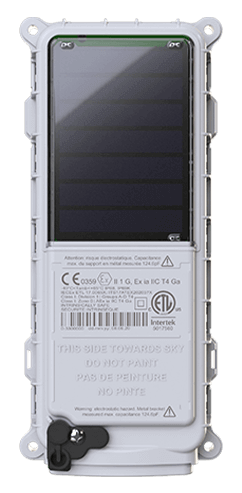 SmartOne Solar
SmartOne Solar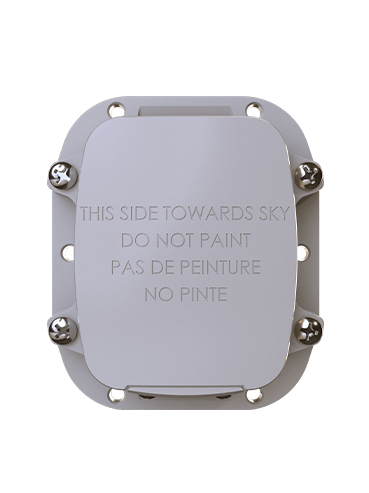 SmartOne C
SmartOne C ST100
ST100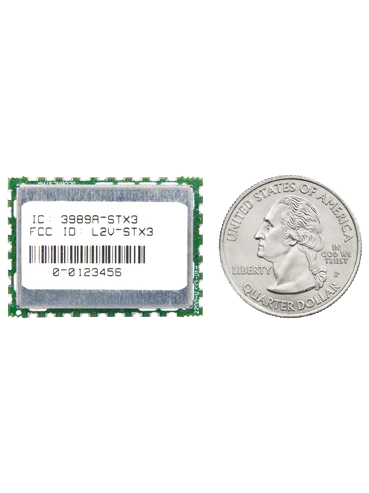 STX3
STX3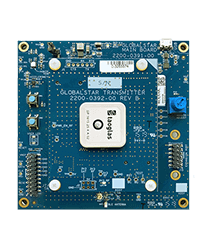 STX3 Dev Kit
STX3 Dev Kit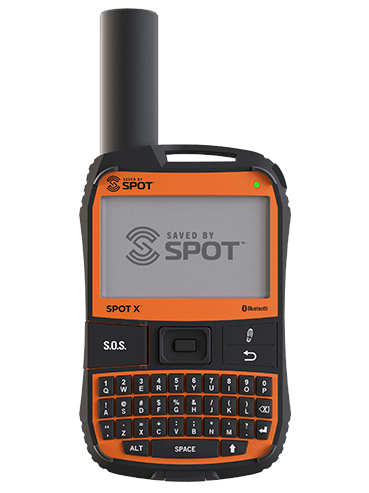 SPOT X
SPOT X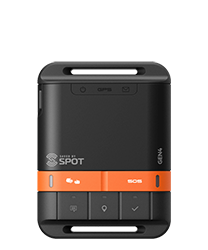 SPOT Gen4
SPOT Gen4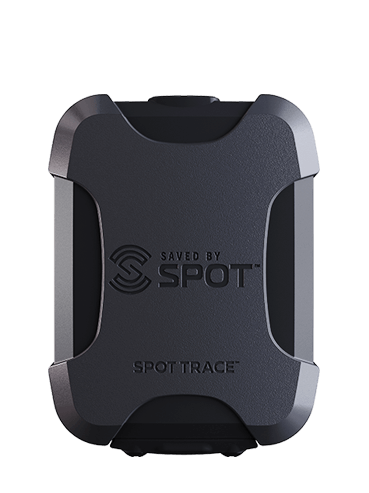 SPOT Trace
SPOT Trace